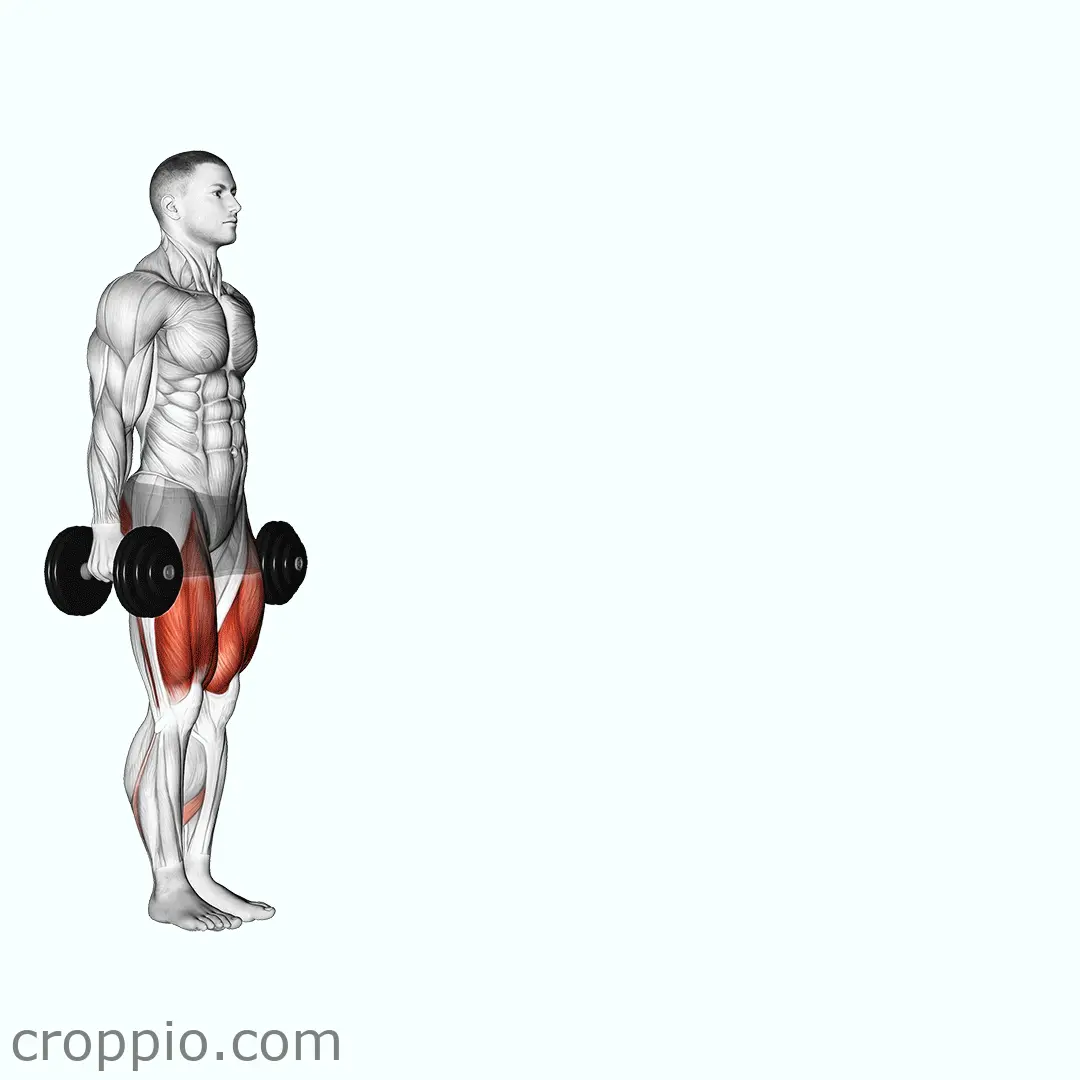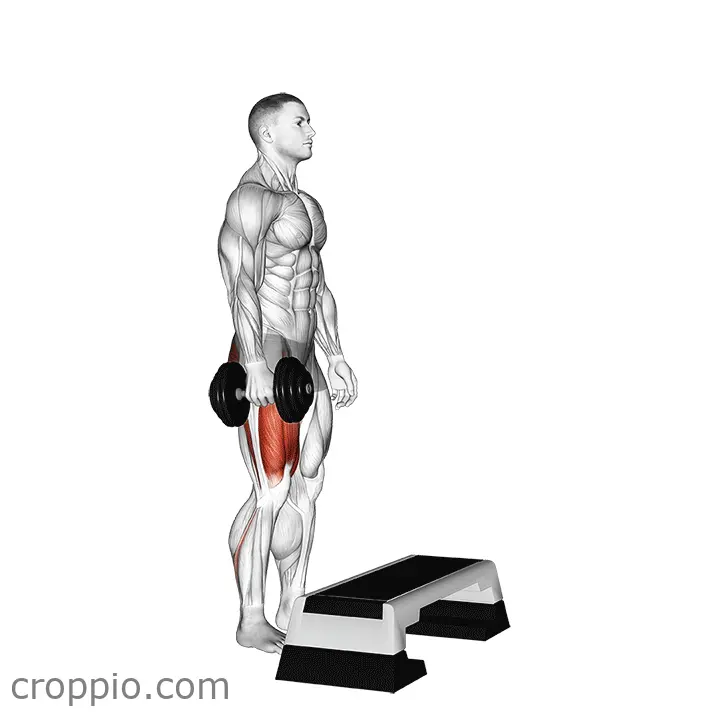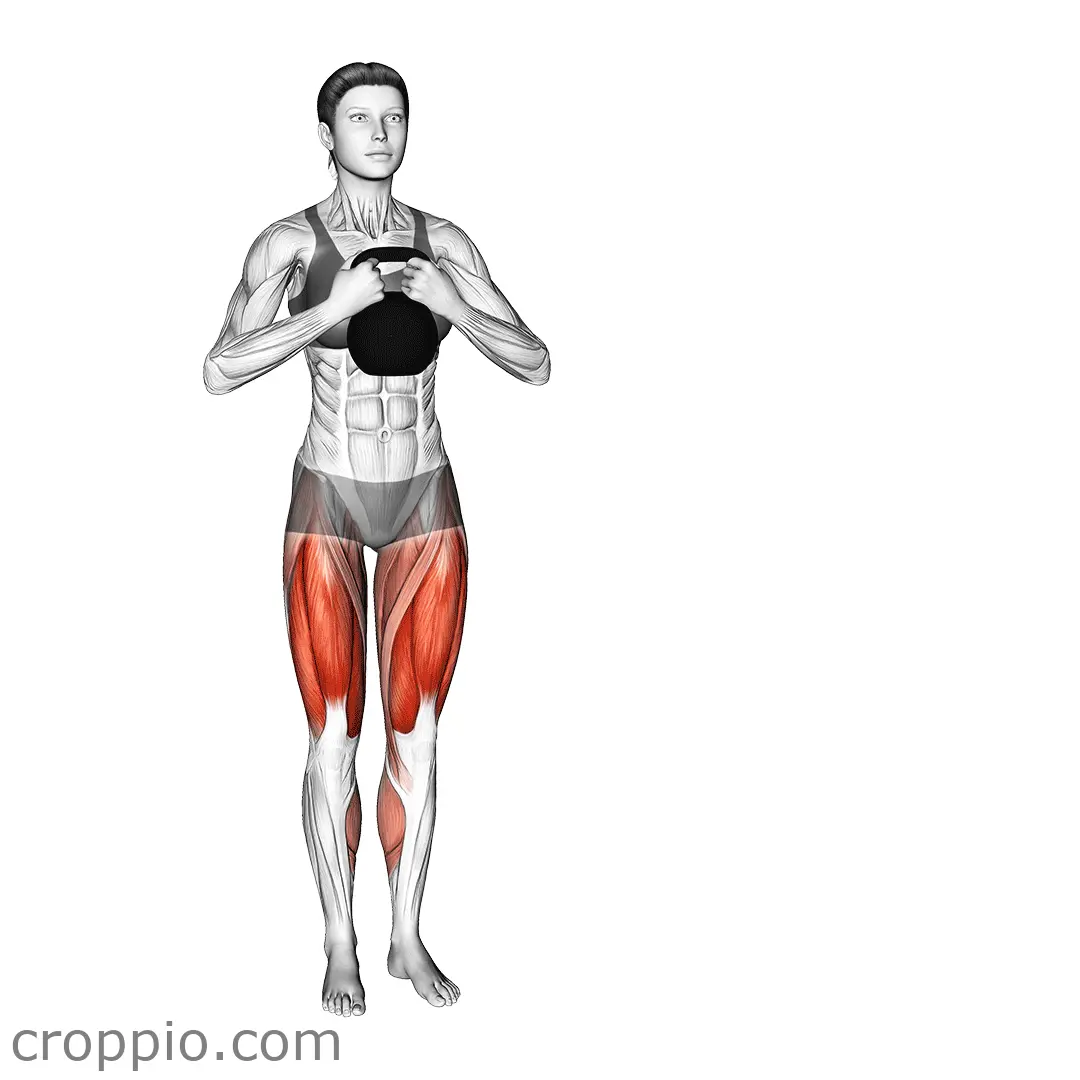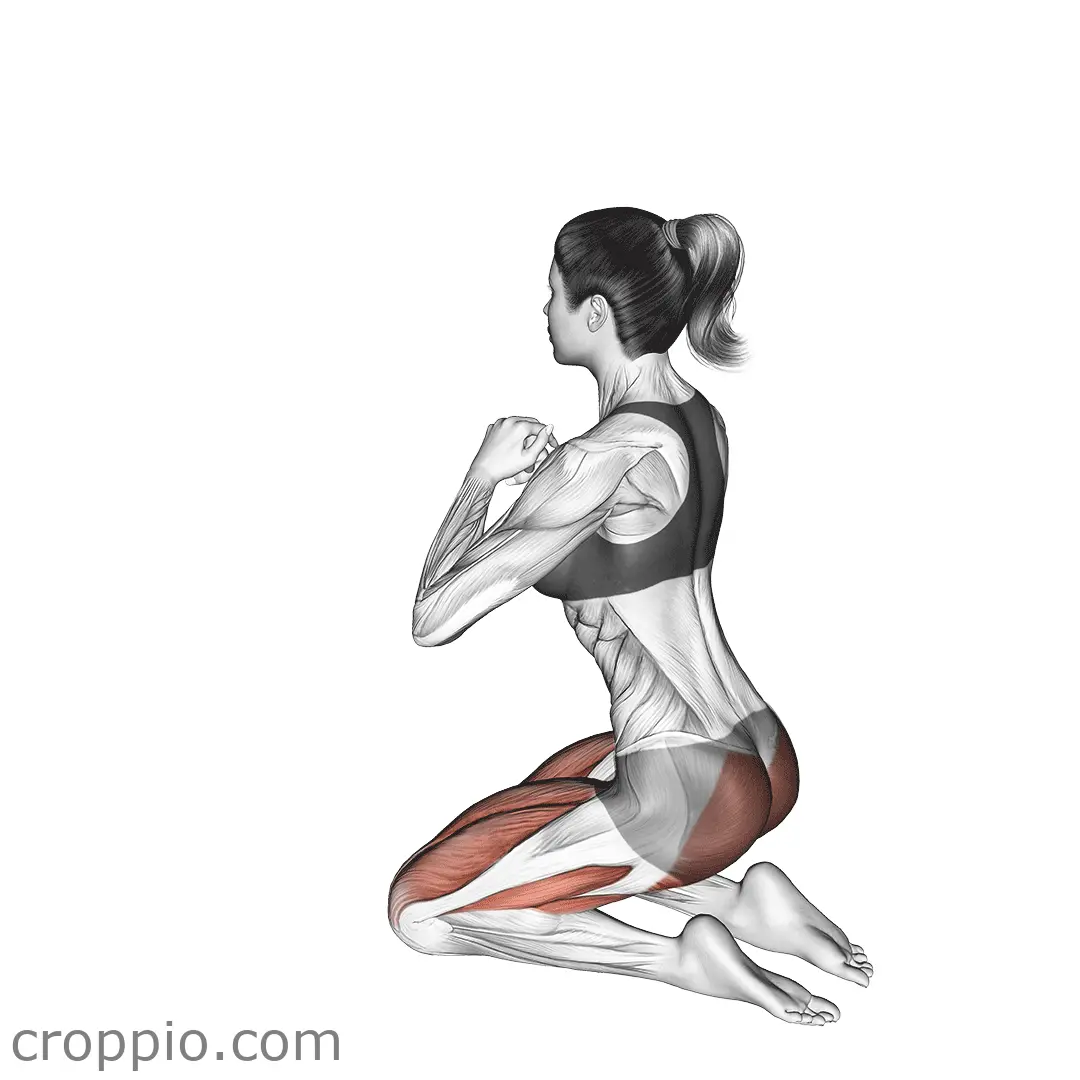Skater Squat
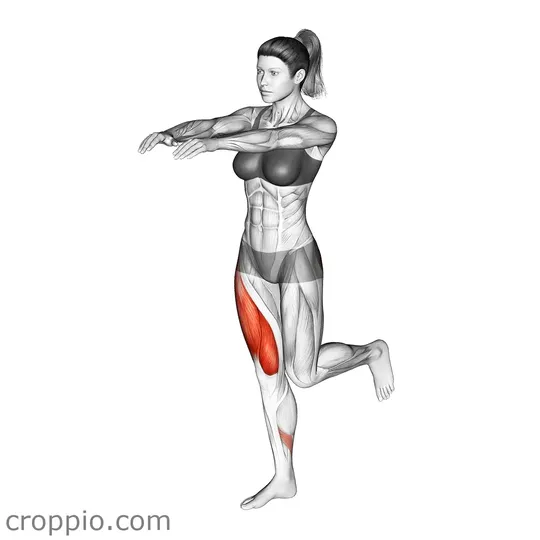
Muscles Involved
The skater squat is an exceptional exercise that primarily targets the quadriceps and gluteus maximus, which are crucial for lower body strength and power. As you perform the movement, the hamstrings and calves also engage to stabilize and support your body, providing additional strength to your leg mechanics. Besides the main muscle groups, skater squats also activate the hip abductors and adductors, which are key to maintaining balance and control during lateral movements, ultimately enhancing dynamic stability.
Top Mistakes
- Not maintaining balance: Many individuals struggle with balance, which can lead to improper form.
- Leaning too far forward: Excessive forward bending can place undue stress on the lower back.
- Insufficient depth: Failing to squat low reduces the exercise's effectiveness and range of motion.
- Neglecting proper alignment: Letting the knees buckle inwards during the squat can cause injury over time.
Execution Tips
- Start slowly: Begin with your feet hip-width apart, engaging your core for stability.
- Focus on balance: As you shift your weight onto one leg, extend the opposite leg behind you while keeping your eyes ahead.
- Lower your hips: Bend your standing leg knee and lower your body until your thigh is parallel to the ground or lower, ensuring the knee stays aligned with your ankle.
- Return smoothly: Press through your heel and engage your glutes to rise back to the starting position without jerky movements.
Workouts
Incorporating skater squats into your workout routine is simple and effective. Aim for 3 sets of 8-12 repetitions per leg, allowing for adequate rest between sets. To enhance performance and muscular endurance, you can pair the skater squat with complementary exercises such as lunges, Bulgarian split squats, or lateral band walks. Including these movements will create a balanced lower-body workout focusing on both strength and agility.
Conclusion
The skater squat is a highly beneficial exercise that not only builds lower body strength but also enhances balance, coordination, and stability. By targeting crucial muscle groups and promoting proper movement patterns, this exercise is essential for athletes and fitness enthusiasts looking to improve their overall performance and reduce the risk of injury. With consistent practice and attention to form, you can incorporate skater squats into your training regimen to achieve robust leg development and functional fitness.
